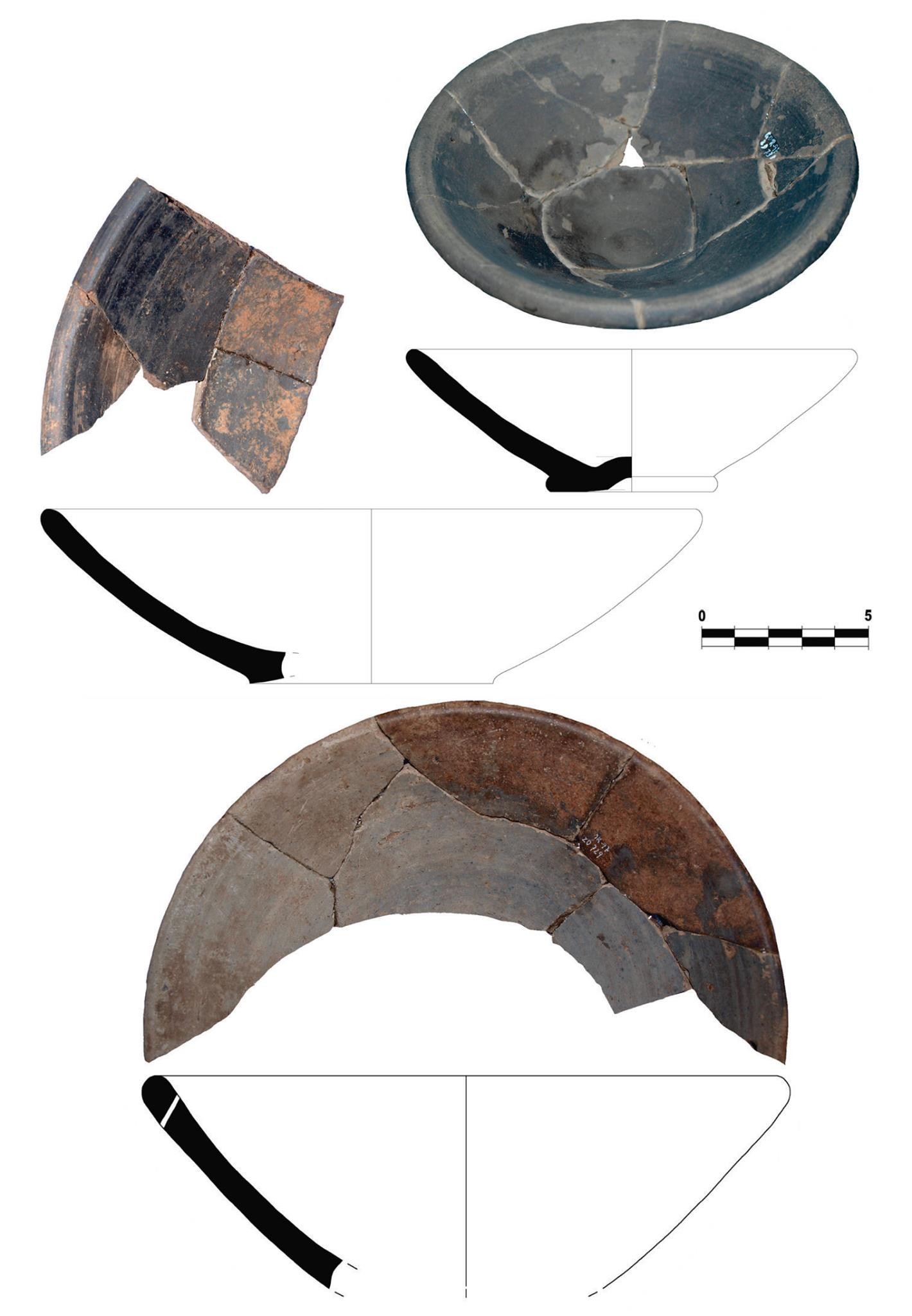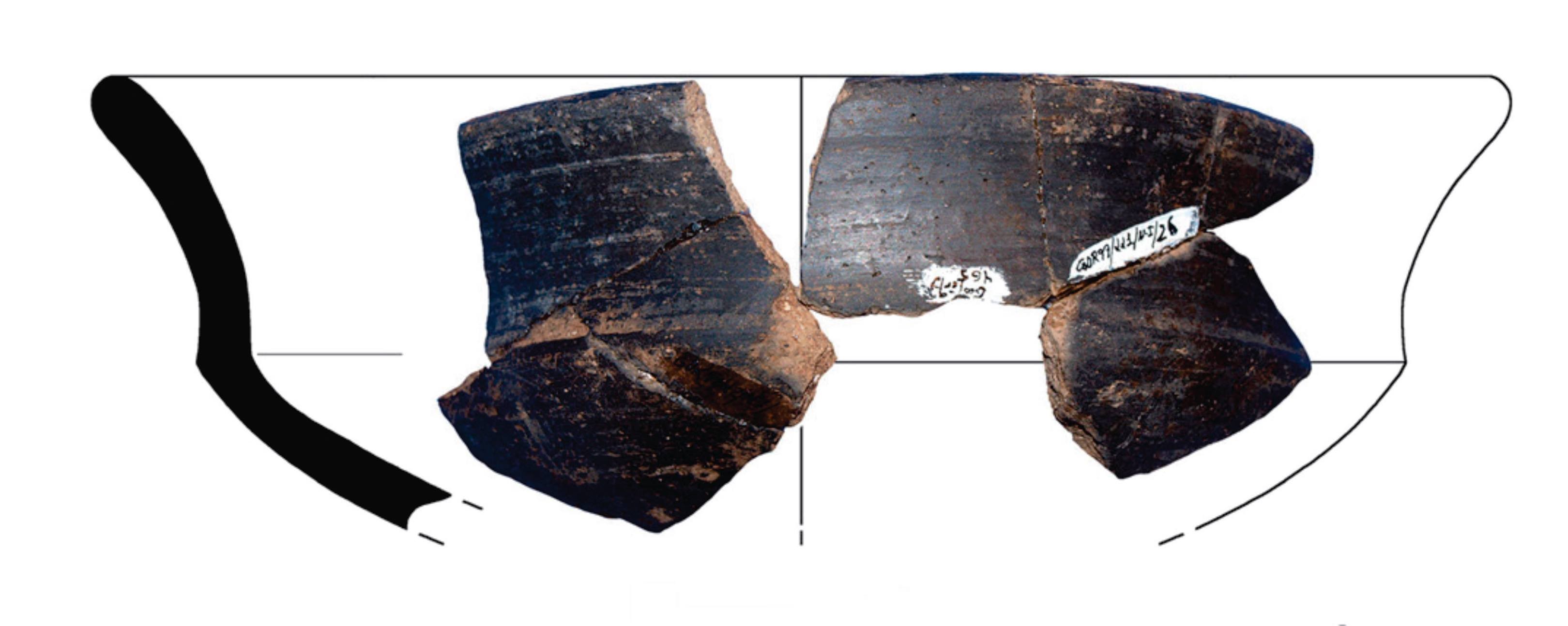Orientalising grey ceramic ware from Gorham’s Cave


Orientalising grey ceramic ware from Gorham’s Cave
We recently published a research paper relating to the Phoenician shrine at Gorham’s Cave, this time focusing on grey-varnished ceramics deposited as offerings.
The manufacture of grey ceramics in southern Iberia since the beginning of the first millennium BCE has been well studied in recent decades, both from the coastal Phoenician colonies as well as those from many indigenous inland settlements.
These ceramics were produced in workshops on the Iberian Peninsula following oriental designs and are thus known as “orientalising grey ware”. This small assemblage consists of plates and bowls that would have formed part of consumption rituals and food offerings carried out at the shrine.
The grey ceramics began to be produced in the Iberian Peninsula almost since the very first Phoenician colonies were established in the 8th century BCE. The specimens from Gorham’s Cave, however, have been dated between the 7th and 6th centuries BCE.
Few specimens have been recorded in the area of Gibraltar, with sites at Cerro del Prado (Los Barrios), Guadiaro (San Roque) and Ceuta yielding the only nearby finds.
Published: November 11, 2020
Other similar VM - Archaeology
18-20 Bomb House Lane
PO Box 939,
Gibraltar
